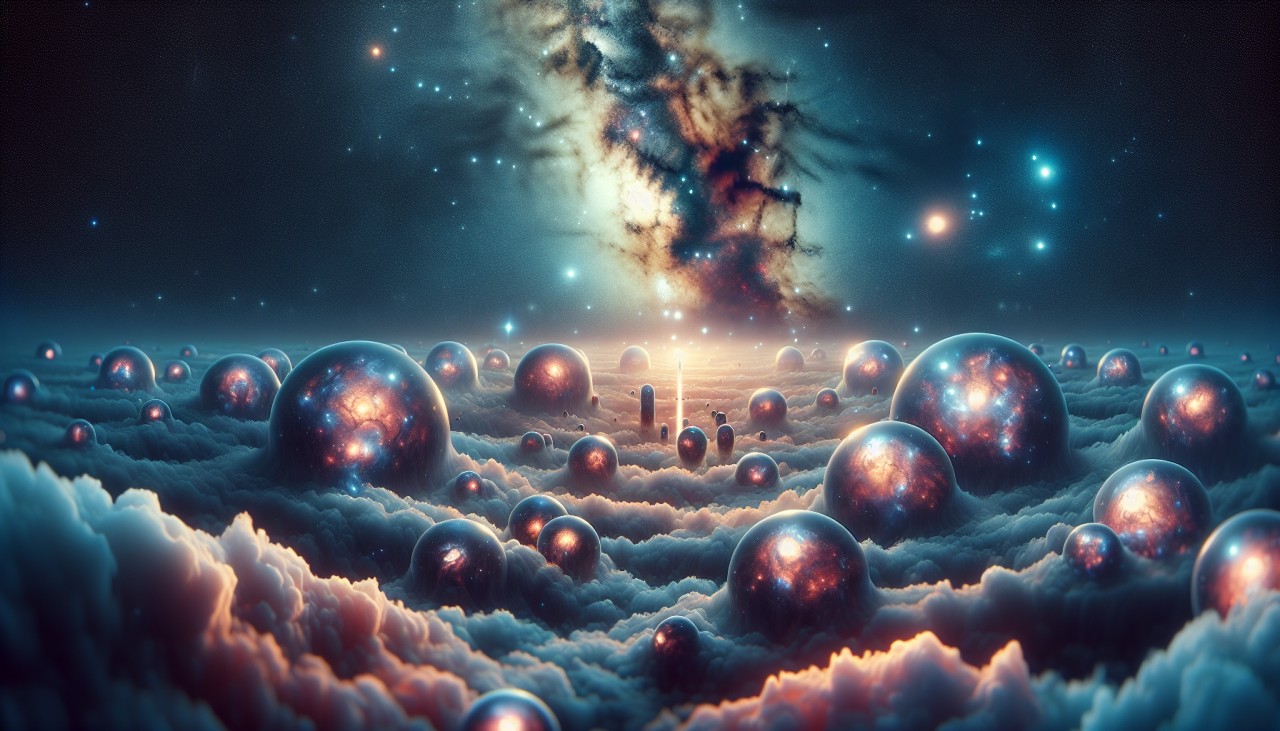


In a groundbreaking study published in The Astrophysical Journal Letters, scientists utilizing the Green Bank Telescope have uncovered massive, cold hydrogen gas clouds—referred to as "ice cubes"—nestled within the superheated Fermi Bubbles at the center of the Milky Way. These Fermi Bubbles, colossal plasma structures extending 50,000 light-years, are believed to have been formed by a powerful outburst from the galaxy's central black hole. The presence of these cold gas clouds, which should not exist in such extreme temperatures, indicates that they are remnants of much larger structures expelled during a recent eruption. This discovery challenges previous assumptions about the age and formation of the Fermi Bubbles, suggesting that the central black hole's activity is more recent and sporadic than previously thought.
The survival of these cold hydrogen clouds within the Fermi Bubbles provides a cosmic "clock," implying that the Milky Way's central black hole erupted just a few million years ago—a mere blink in cosmic terms. This finding not only reshapes our understanding of galactic dynamics but also offers new insights into the activity history of our galaxy's core. By studying these structures, astronomers can gain a better understanding of the processes governing galactic evolution and the role of supermassive black holes in shaping their environments.